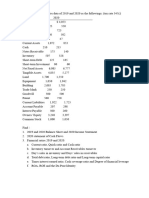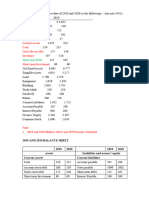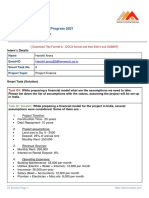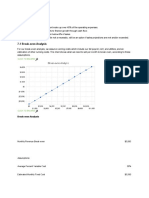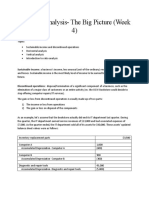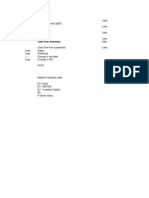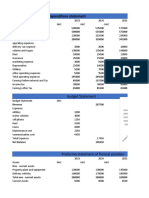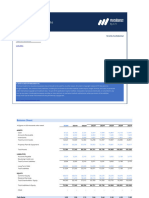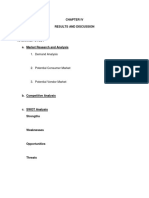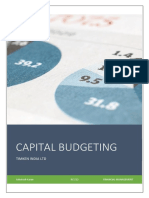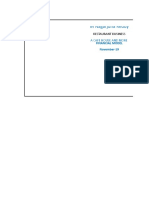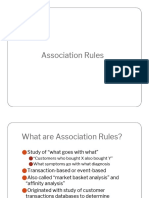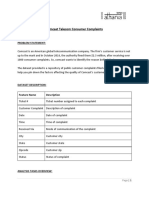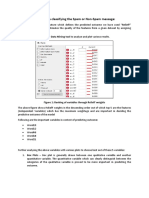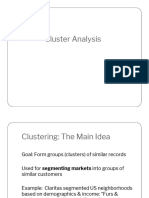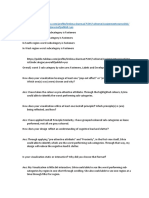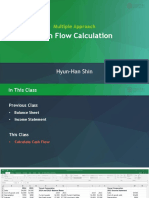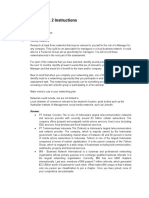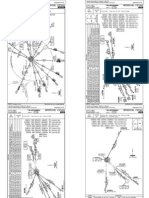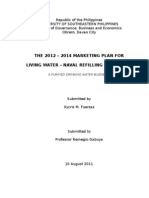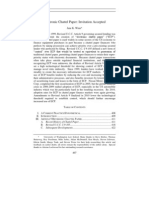0% found this document useful (0 votes)
135 views15 pagesStartup Financial Ratio Analysis
Here are the cash flows estimated for the good case scenario that incorporates the real option you identified:
(2) Real options embedded: Option to expand production capacity.
Pro Forma Income Statement (Good Case)
Year 0 1 2
Sales revenue
Operating costs
Depreciation
EBIT
Taxes
Net Income
Cash Flows
Year 0 1 2
Operating Cash Flow
(-) CAPEX
(-) Expansion CAPEX
(-) Chg. In NWC
NWC
(+) Salvage Value
Total Cash Flow
#6. Re-estimate the project NPV, IRR, and payback period based on the good case scenario cash flows.
Uploaded by
Krishna SharmaCopyright
© © All Rights Reserved
We take content rights seriously. If you suspect this is your content, claim it here.
Available Formats
Download as XLSX, PDF, TXT or read online on Scribd
0% found this document useful (0 votes)
135 views15 pagesStartup Financial Ratio Analysis
Here are the cash flows estimated for the good case scenario that incorporates the real option you identified:
(2) Real options embedded: Option to expand production capacity.
Pro Forma Income Statement (Good Case)
Year 0 1 2
Sales revenue
Operating costs
Depreciation
EBIT
Taxes
Net Income
Cash Flows
Year 0 1 2
Operating Cash Flow
(-) CAPEX
(-) Expansion CAPEX
(-) Chg. In NWC
NWC
(+) Salvage Value
Total Cash Flow
#6. Re-estimate the project NPV, IRR, and payback period based on the good case scenario cash flows.
Uploaded by
Krishna SharmaCopyright
© © All Rights Reserved
We take content rights seriously. If you suspect this is your content, claim it here.
Available Formats
Download as XLSX, PDF, TXT or read online on Scribd
/ 15


